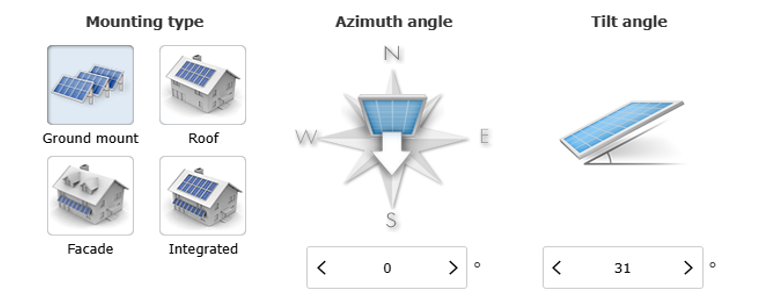Performance Simulation of a 100 MW Utility-Scale Solar PV Plant in Sirte Using Sunny Design Web
Keywords:
Utility-Scale Photovoltaics, Energy Yield Assessment, Performance Ratio, LibyaAbstract
This research develops a comprehensive design framework and energy-yield assessment for a proposed utility-scale photovoltaic (PV) power plant situated near Sirte, Libya (31°13′07.3″N, 16°20′04.4″E). The study employs the automated simulation functionalities of the SMA Sunny Design Web platform to establish a standardized and reproducible methodology for modeling large-scale PV systems, while simultaneously quantifying key performance indicators under realistic operating conditions. The proposed configuration integrates 180,000 bifacial-compatible modules, yielding a total direct current (DC) capacity of 101.7 MWp, coupled with twenty central inverters delivering a combined alternating current (AC) output of 88 MWac, thereby achieving a DC-to-AC ratio of 1.156. Simulation outcomes indicate an annual energy yield of 205.23 GWh, corresponding to an elevated specific yield of 2,018 kWh/kWp and a performance ratio (PR) of 88.3%. These results not only underscore the site’s exceptional solar resource but also demonstrate the system’s robust operational efficiency. Seasonal analysis reveals pronounced variability, with maximum generation recorded during summer months (e.g., July: 19.2 GWh) and a substantial decline during winter, a dynamic that must be carefully considered in the context of grid integration and energy supply planning. The findings confirm the technical feasibility and high efficiency of the proposed PV installation, highlighting Libya’s substantial potential for large-scale solar power deployment. Moreover, the reproducible workflow presented herein serves as a methodological benchmark for future pre-feasibility and techno-economic studies in comparable climatic and geographical contexts. Future research directions include empirical validation of simulation outputs through site-specific meteorological measurements, exploration of thermal loss reduction techniques, and evaluation of hybridization with battery energy storage systems to mitigate seasonal intermittency and enhance overall grid reliability.





